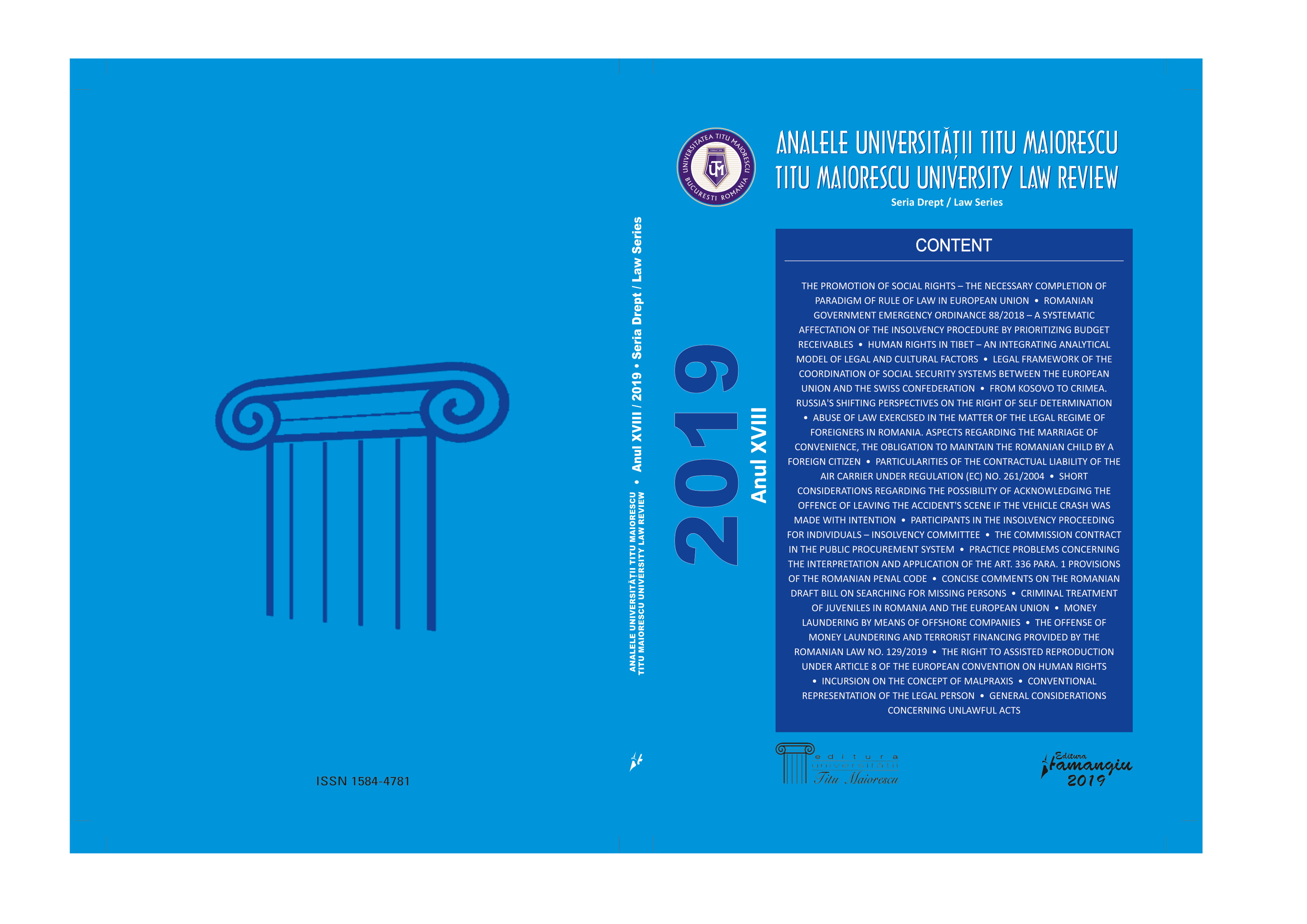HUMAN RIGHTS IN TIBET – AN INTEGRATING ANALYTICAL MODEL OF LEGAL AND CULTURAL FACTORS
HUMAN RIGHTS IN TIBET – AN INTEGRATING ANALYTICAL MODEL OF LEGAL AND CULTURAL FACTORS
Author(s): Maria Beatrice BernaSubject(s): Human Rights and Humanitarian Law
Published by: Editura Hamangiu S.R.L.
Keywords: human rights violations in Tibet; cultural factor; State Power; juridical framework; self determination; territorial integrity;
Summary/Abstract: Human rights issues in Tibet cannot be segregated from the historical cultural context of the region. The cultural factor must be perceived as both source and explanation of the breaches of human rights. Likewise, we identify the cultural factor as the main modeller of mental and behavioural patterns manifested within interactions between the members of local communities. In the same token, the cultural factor is the determiner of State action by reference to our subject matter: pursuing the preservation of National Identity, State authorities will conceive a specific conceptualization of human rights that finds itself in dichotomous relations with the understanding of human rights developed by the People. Hence, the ineluctable clash between human rights, State Power and culture.
Journal: Analele Universității Titu Maiorescu
- Issue Year: XVIII/2019
- Issue No: XVIII
- Page Range: 34-56
- Page Count: 18
- Language: English

